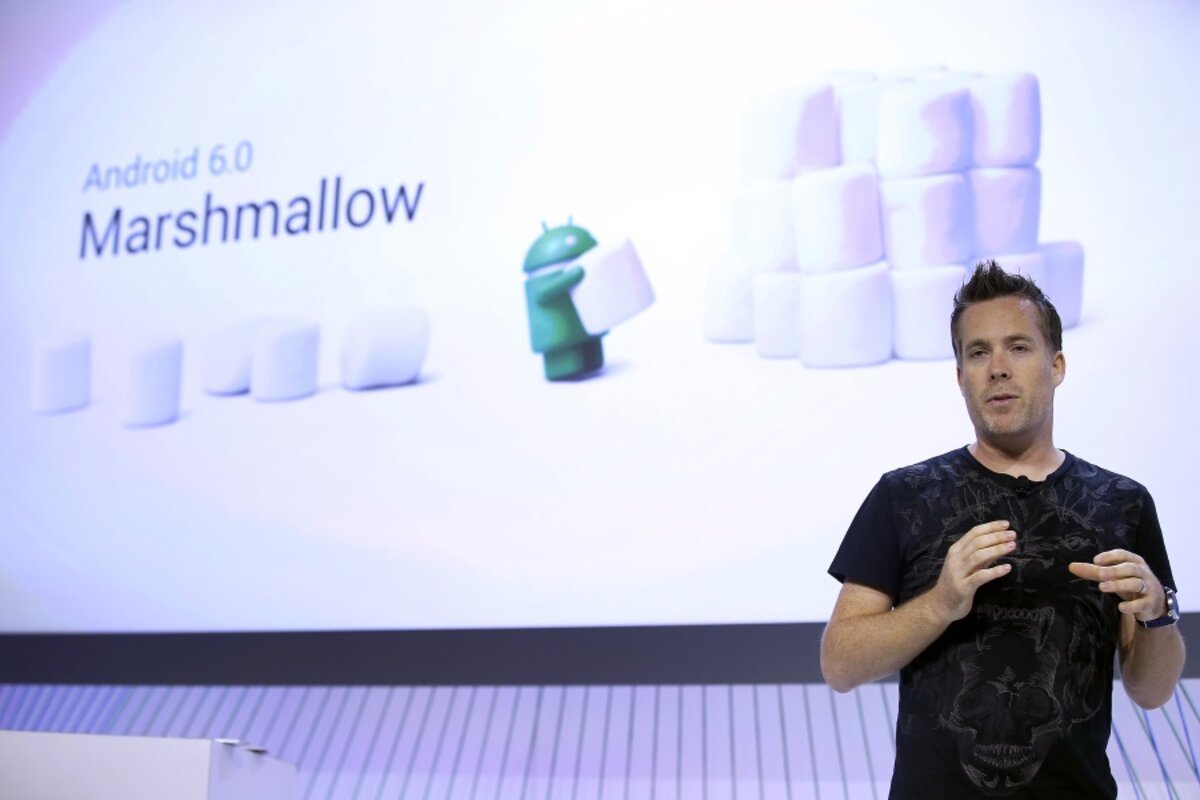Android Marshmallow has a hidden feature: universal translation
Loading...
Google’s language translation features have always been pretty good. Way back in 2010, the company introduced the ability to translate street signs, menu items, and other written text just by snapping a picture. And earlier this year, Google beefed up its instant translation app by adding 20 more languages, allowing a user with an Android or iOS device to translate written text simply by viewing it through the device’s screen.
Android 6.0 “Marshmallow” takes translation one step further by automatically integrating it into popular apps such as LinkedIn, WhatsApp, and TripAdvisor.
Users will need to have Google’s Translate app installed on their phone or tablet for the feature to work, but they won’t need to switch back and forth between Translate and other apps to be able to understand text written in other languages. The translated text will appear right in the app being used.
Say you’re using TripAdvisor to read reviews of a hotel or a tourist attraction in Germany. You can highlight the German text you’d like to understand, and a “translate” option will pop up alongside the usual copy-and-paste commands.
If you’re using WhatsApp to communicate with someone in another language, the feature will help you to read his or her messages and to compose your own – just type a response in your preferred language, and Android will convert it to the language spoken by the other person. Google says the feature will allow for translation between any of 90 languages.
The translation relies on an under-the-hood change in the way Android Marshmallow . When you highlight text, Android displays a floating toolbar with “cut,” “copy,” and “paste” as well as context-sensitive options such as “Comment,” “Search,” and “Translate.” The translation feature won’t work with previous versions of Android, and because of the way it’s implemented, it probably won’t appear on iPhones or iPads either.
Google says that more than 500 million people use its translation services each month, and that more than 100 billion words are translated each day.
Recent advances in machine learning and data collection are helping companies such as Google and Microsoft to increase the accuracy and speed of automated translation, by giving translation algorithms a bigger body of text in different languages to draw from. Last year Microsoft-owned Skype launched a preview of its real-time audio translation service, which allow users to have face-to-face video conversations even if they don’t speak the same language.





